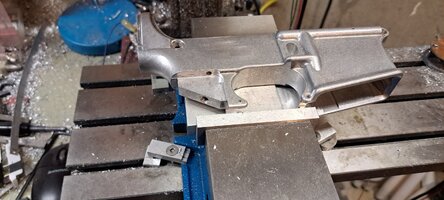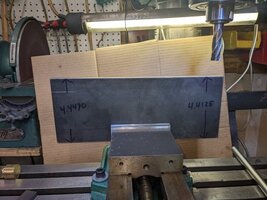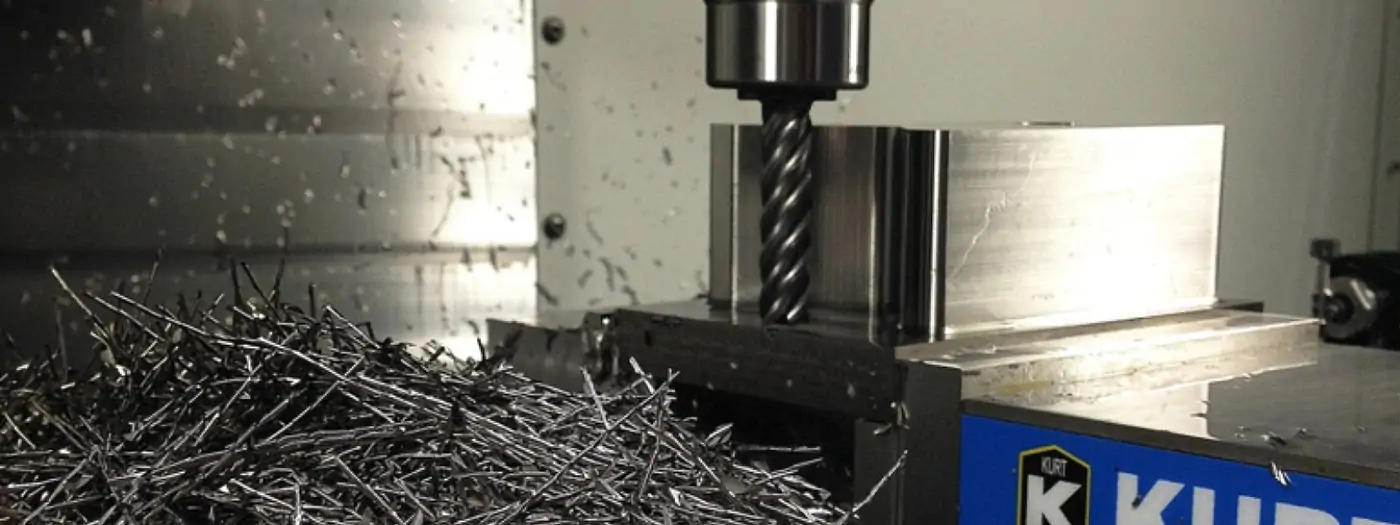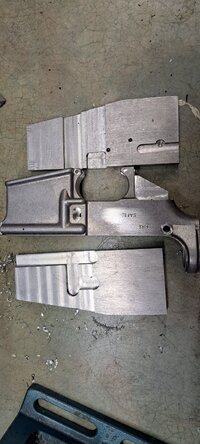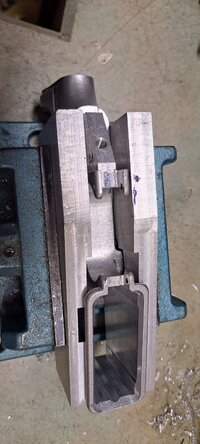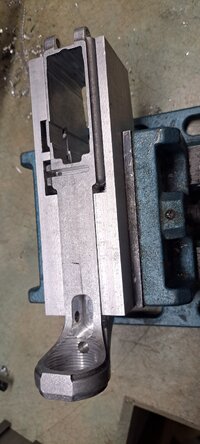- Joined
- Jan 18, 2023
- Messages
- 11
- Likes
- 4
So I was squaring up edges on a piece of 3/8" x 11.5" x 4.5' hot rolled flat stock on the mill. Cleaned up the rough edges on a belt grinder, milled off maybe 30-40 thou on the long sides with no issues. After I checked the dims and it was like .035" off from one end to the other over 11". I don't know why though. I went and checked my setup again, the head is square front to rear and left to right, the vise is leveled and squared up. When I trammed the table I'm well within a thou over 4.5".
If anybody can tell me WTH I'm doing wrong or maybe what I should check or maybe it's just a sh!tty mill and that's the best I can expect?
Any input is appreciated!
If anybody can tell me WTH I'm doing wrong or maybe what I should check or maybe it's just a sh!tty mill and that's the best I can expect?
Any input is appreciated!

![This Thread Is Worthless Without Pics [pics] [pics]](/xen/styles/default/xenforo/smilies.vb/this_thread_is_worthless_without_pics.gif)
